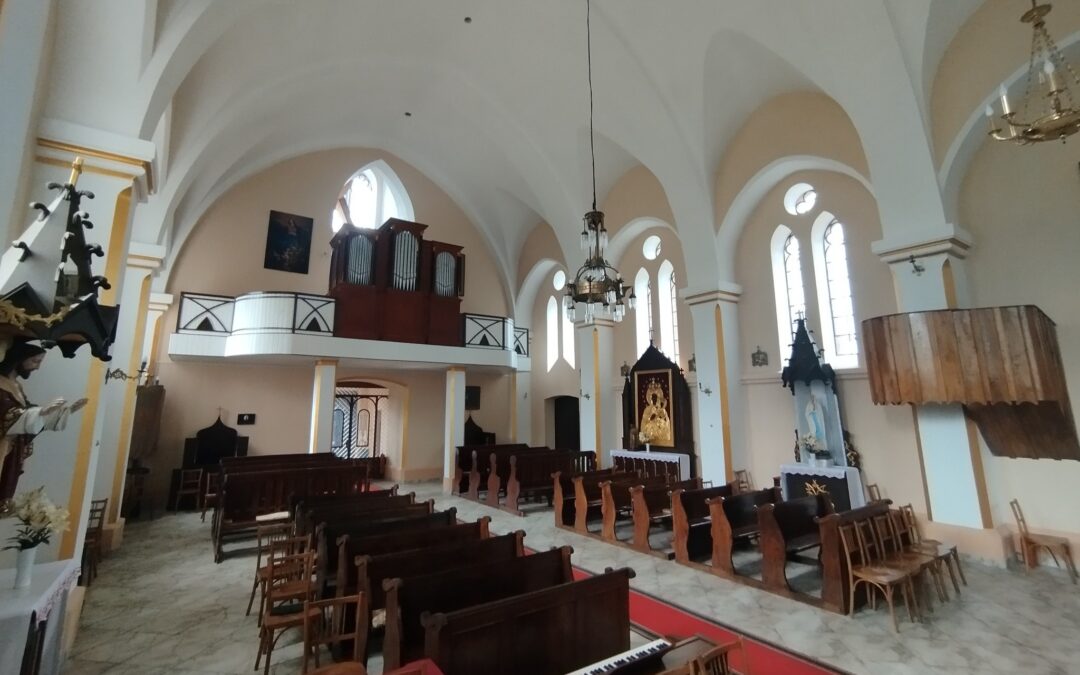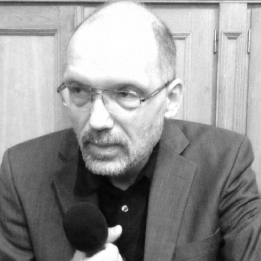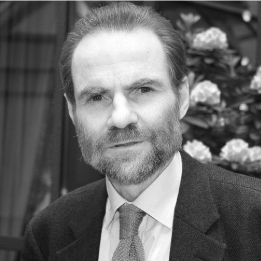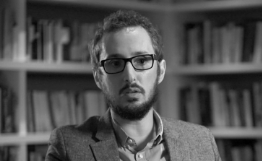Keep our news free from ads and paywalls by making a donation to support our work!

Notes from Poland is run by a small editorial team and is published by an independent, non-profit foundation that is funded through donations from our readers. We cannot do what we do without your support.
A pipe organ gifted to a Catholic church in Belarus by Poland’s foreign minister, Radosław Sikorski, is set to finally be played for the first time at a music festival.
The instrument – which was custom made for Sikorski using elements of a pipe organ from a former German church demolished in communist Poland – was donated by him in 2018.
But only now has it been possible to install the organ at the Sanctuary of Our Lady of Lahishyn, Queen of Polesia in the Brest region of west Belarus. Lahishyn is home to a large number of ethnic Poles, who make up around 30% of its population.
The instrument will be consecrated on 26 July and then used for its first concert at the new location as part of the Ars Magna Organi festival.
“Challenging circumstances over the past seven years prevented Polish craftsmen from installing the instrument, which remained in Lahishyn all this time and was only set up this year by local parishioners,” wrote Alexander Burdelev, the festival’s artistic director, on Facebook.
Sikorski himself also confirmed the news in a post on social media platform X.
Potwierdzam. https://t.co/Re9Fqnlbbe
— Radosław Sikorski 🇵🇱🇪🇺 (@sikorskiradek) July 13, 2025
The organ, comprising 460 pipes, was made in 2005 by Polish organ builder and carpenter Bogumił Pacholski for Sikorski, who installed it at the historic manor house the foreign minister owns in the village of Chobielin.
“There was a vacant space in the living room, and Mr. Sikorski asked, ‘What are we going to do with this?’ so I suggested we install an organ,” Pacholski told broadcaster TVP. “I joked, ‘Minister, Captain Nemo had an organ on his submarine, but the minister can’t have one in his living room?'”
In 2018, Sikorski decided to donate the instrument to the Catholic parish in Lahishyn through his close personal contact with Kazimierz Wielikosielec, an auxiliary bishop of the Pinsk diocese in which Lahishyn is located.
Transporting the instrument to Belarus was possible in 2018 due to more relaxed relations between Minsk and the West at the time, reports Belsat, a Belarusian-language news service based in Poland.
However, tensions subsequently rose after the 2020 presidential election, at which Belarusian dictator Alexander Lukashenko declared victory amid widespread evidence of vote-rigging. He then brutally suppressed protests against his rule.
Poland subsequently welcomed many Belarusian refugees and exiles. Meanwhile, the large ethnic Polish minority in Belarus has faced persecution, including the imprisonment of some of its leading figures.
Poland has condemned the painting over of a fresco at a Polish church in Belarus
The artwork depicted a 1920 battle at which Poland defeated the Red Army. Belarusian state TV claimed it "shows the murder of Soviet soldiers” and “inflames hostility" https://t.co/Lg630ujKEE
— Notes from Poland 🇵🇱 (@notesfrompoland) March 1, 2023

Notes from Poland is run by a small editorial team and published by an independent, non-profit foundation that is funded through donations from our readers. We cannot do what we do without your support.
Main image credit: Alexander Burdelev/FB

Agata Pyka is a former assistant editor at Notes from Poland. She specialises in Central and Eastern European affairs, cybersecurity, and investigative reporting. She holds a master’s degree in political communication from the University of Amsterdam, and her work has appeared in Euractiv, the Balkan Investigative Reporting Network (BIRN), and The European Correspondent, among others.



















